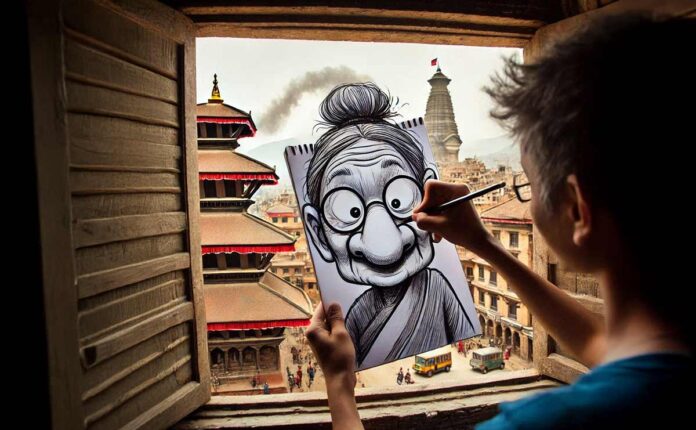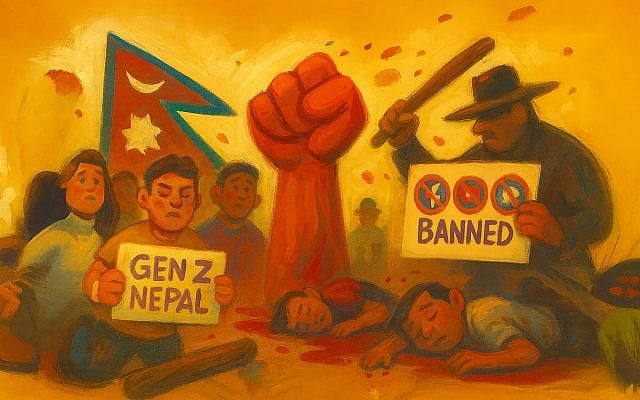Caricature is an art form that represents a person or subject by exaggerating certain physical features, characteristics, or behaviors to create a humorous, satirical, or striking effect. It simplifies and amplifies prominent traits to make the subject instantly recognizable and often includes an element of critique or commentary.
For example, a caricature of a politician might enlarge their nose, highlight their hairstyle, or exaggerate their posture to emphasize their public persona or unique traits. Caricatures are widely used in political cartoons to express opinions, critique policies, or highlight the essence of a personality in a memorable and impactful way.
Why is Exaggeration Important in Creating a Political Cartoon?
When creating a cartoon of a political figure for a newspaper, exaggeration plays a crucial role for several reasons:
- Enhances Recognition
By exaggerating distinctive features like facial expressions, gestures, or attire, the cartoon ensures that the subject is immediately identifiable, even to a casual reader. For instance, a politician known for their smile or glasses might have these elements magnified for instant recognition. - Adds Humor and Satire
Political cartoons often aim to entertain while delivering a message. Exaggeration amplifies the comedic or satirical aspect by presenting the figure in a way that is both absurd and revealing. A large, overly dramatic smile or an exaggerated gesture can turn a simple image into a source of amusement. - Emphasizes Key Traits or Actions
Exaggeration highlights what is most relevant to the political message. If the cartoon critiques a leader’s indecision, their expression might show extreme confusion, or their pose might depict them spinning in circles. These visual cues amplify the message without needing words. - Engages the Audience
A visually exaggerated cartoon grabs attention and keeps readers engaged. Bold, dynamic depictions stand out on a newspaper page and make the viewer more likely to absorb the underlying message. - Communicates Complex Ideas Quickly
Through exaggerated visuals, complex political ideas or criticisms can be simplified and conveyed at a glance. For example, a politician promising “big reforms” might be depicted carrying an impossibly large sack labeled “Promises.” - Creates a Lasting Impression
Exaggerated features and scenes stick in the audience’s mind, ensuring the cartoon leaves a memorable impact. This is particularly important in political commentary, where the goal is to provoke thought or discussion.
Example
Imagine a cartoon of a politician known for lengthy speeches and indecisiveness. Through exaggeration, you could depict them as:
- Holding a microphone with an endless wire, symbolizing long speeches.
- Balancing on a fence labeled “Indecision,” swaying exaggeratedly between two sides.
This exaggerated imagery would not only entertain but also effectively convey the cartoonist’s perspective, making the political critique both accessible and impactful.
In summary, exaggeration is the lifeblood of political cartoons. It amplifies the visual and emotional impact, ensures clarity of message, and creates a connection between the art and its audience.












